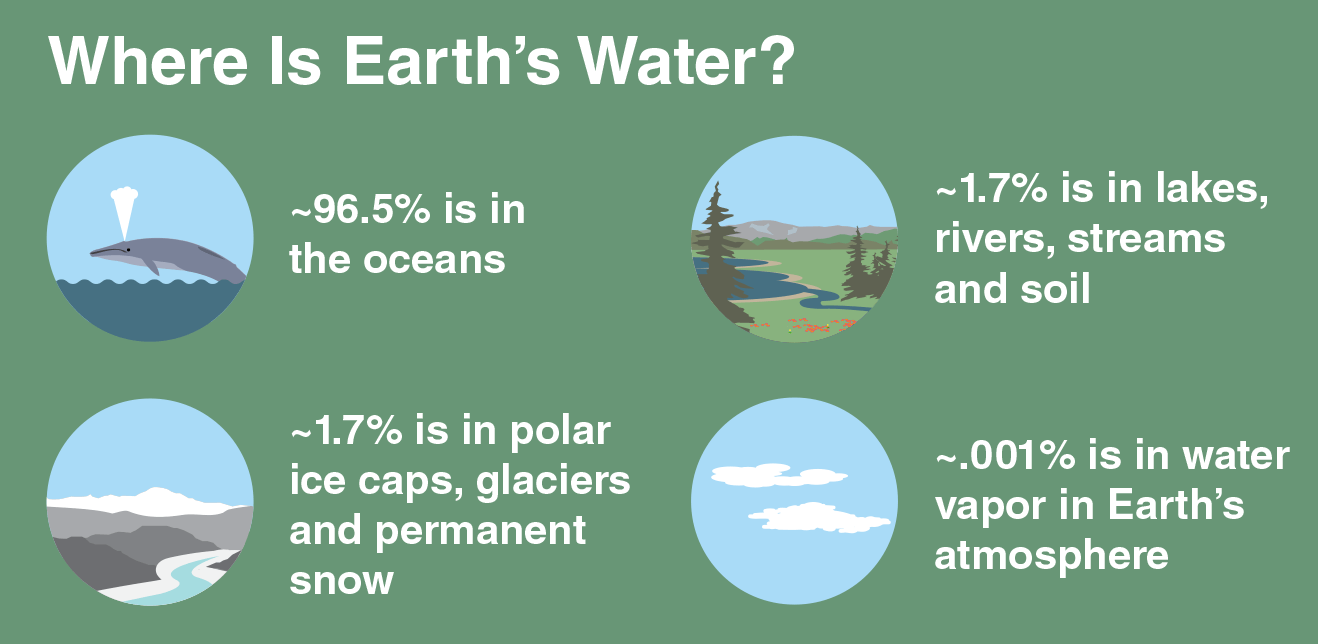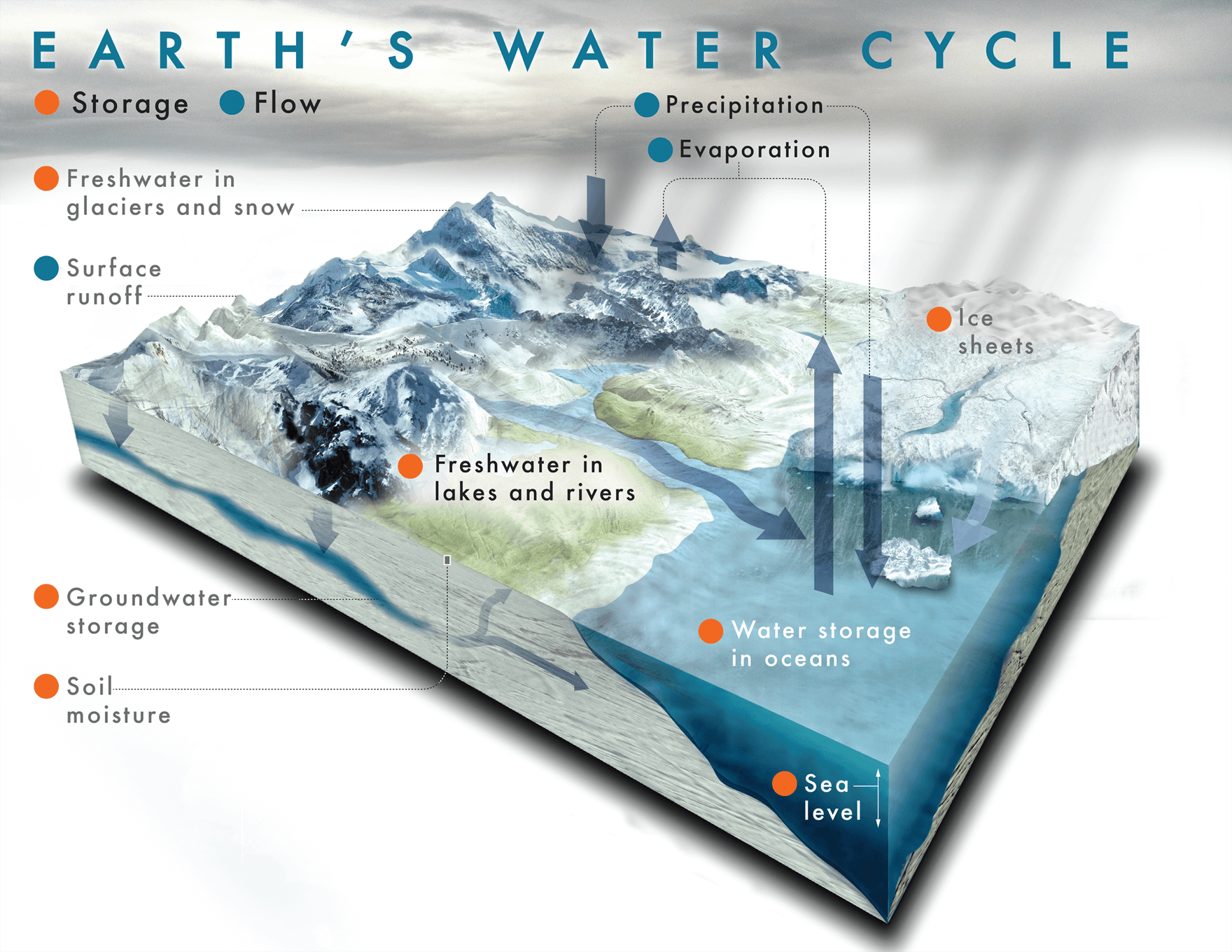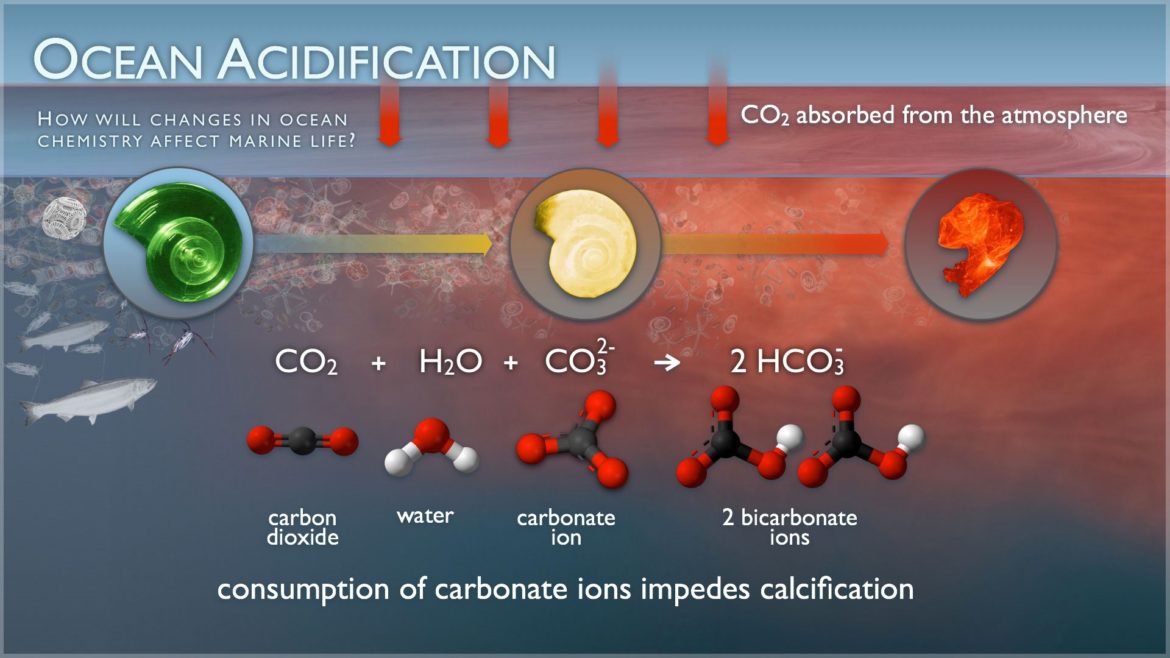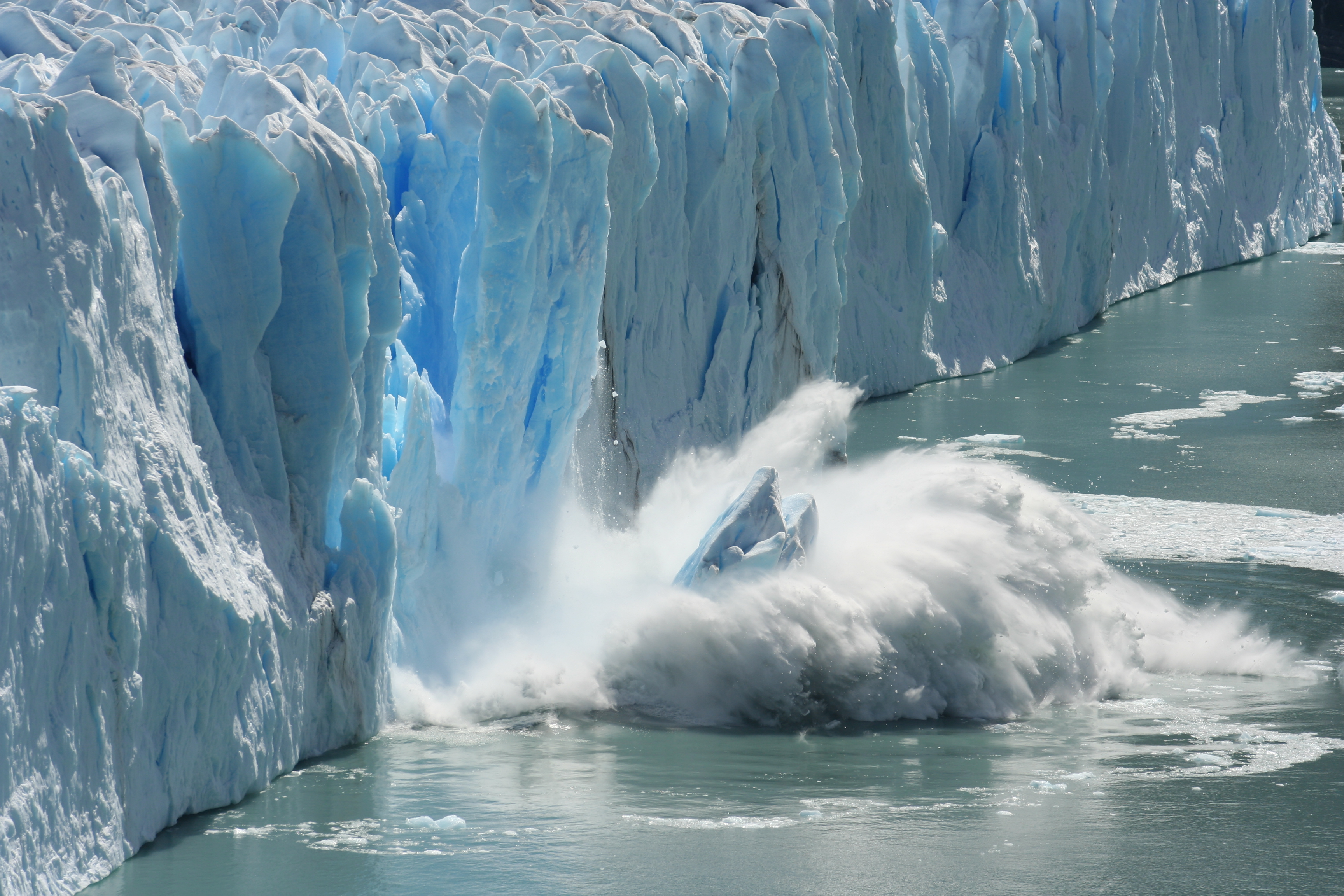This week on Tuesday we had our Drama Hurumanu and create some slam poetry. For this activity we worked in group of 3 or 4, I worked in a group of 4 with Myself, Addyson, Hope and Evelyn. First we made our own personal slam poem's and then secondly we made a group presentable slam poem.
Here's my own personal slam poem that I would like to share with you:
Shontelle
Annoying, Clumsy, Netball lover
I am a daughter to my mother and father, I am sister to my siblings, I am an aunt to my niece and nephews.
I love netball and I love hanging with family and friends
I’ve felt happiness, love and angry
I fear spiders
I'm a great netball mid-courter
I want to become a famous and professional netball player
I live in New Zealand
Here's my groups slam poem that I would like to share with you:
Hope, Shontelle, Addyson, Evelyn
Dancer, Netball, Weird, Relaxing lovers
We are all daughters to our mothers
Loves eating food, Loves playing netball, Loves watching movies, Loves meeting family
Embarrassed, Happiness, Exhausted
We fear trying new things, spiders, making friends, grasshoppers
We have won medals for dancing, Being a great mid-quarter for netball, Reading and have won medals in swimming
We have always wanted to do bungee jumping, skydiving, becoming a famous netballer, travelling to America
We live in New Zealand
Here's the video to the class presenting there slam poems for the first tine ever:
Here's the presentation about what happened this week




















